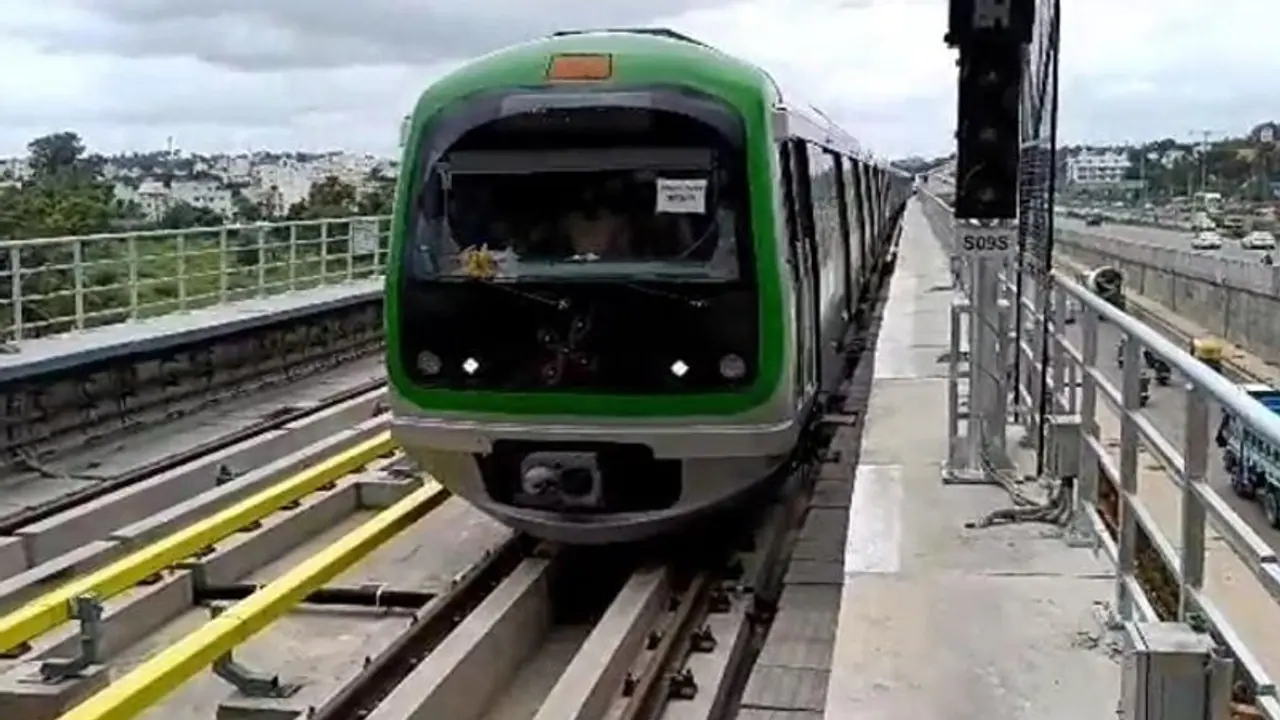Bengaluru Metro, operated by BMRCL, attains its first-ever profitability in 2022-23, garnering a profit of Rs 40 crore. Despite pandemic challenges, revenue surged to Rs 594.02 crore, surpassing maintenance costs. With an average daily ridership increase and expansion plans to reach 175 km by 2026 and 317 km by 2031, BMRCL aims for financial self-sufficiency.
Bengaluru's metro system, operated by the Bengaluru Metro Rail Corporation Limited (BMRCL), has achieved a remarkable feat by turning profitable for the first time since its inception in 2011. In the year 2022-23, the BMRCL managed to generate a profit, marking a significant milestone.

During the said fiscal year, the BMRCL's earnings totalled Rs 594.02 crore, including fare revenue and other charges. Meanwhile, maintenance expenses amounted to Rs 486.61 crore. Despite various costs, the BMRCL successfully achieved a profit of Rs 40 crore. This positive trend has carried into the current financial year, with revenues of Rs 190.67 crore from April to July, and operational expenses at Rs 186.92 crore.
Bengaluru Metro launches NCMC card; can be used nationwide for Metro, retail and petrol purchase
BMRCL officials believe that the pandemic slowed down their journey towards profitability. However, they've managed to recover from the losses incurred during the pandemic. Notably, the average daily ridership increased from 5.3 lakh to 6.1 lakh this year.
Anticipating even higher ridership, BMRCL expects to reach 7 lakh passengers once new stretches on the purple line open. The BMRCL envisions the metro network to expand to 175 km by 2026 and aims to offset depreciation costs within the next three years. Looking ahead, their target is to have a 317-km network by 2031, achieving financial self-sufficiency in the coming decade.
Karnataka govt defends Bengaluru-Hosur Metro connectivity
With the upcoming opening of new sections on the purple line, spanning 43 km, the BMRCL is on the brink of operational efficiency. A senior BMRCL official emphasized the significance of this achievement, marking the first-ever annual pre-depreciation profit for the Namma Metro system. It showcases the metro's strong recovery post the Covid-19 pandemic.
As they expand to 175 km by 2026, they're committed to managing depreciation costs within the next three years. Their vision for a 317-km network by 2031 highlights their ambition to achieve financial autonomy in the coming decade.
